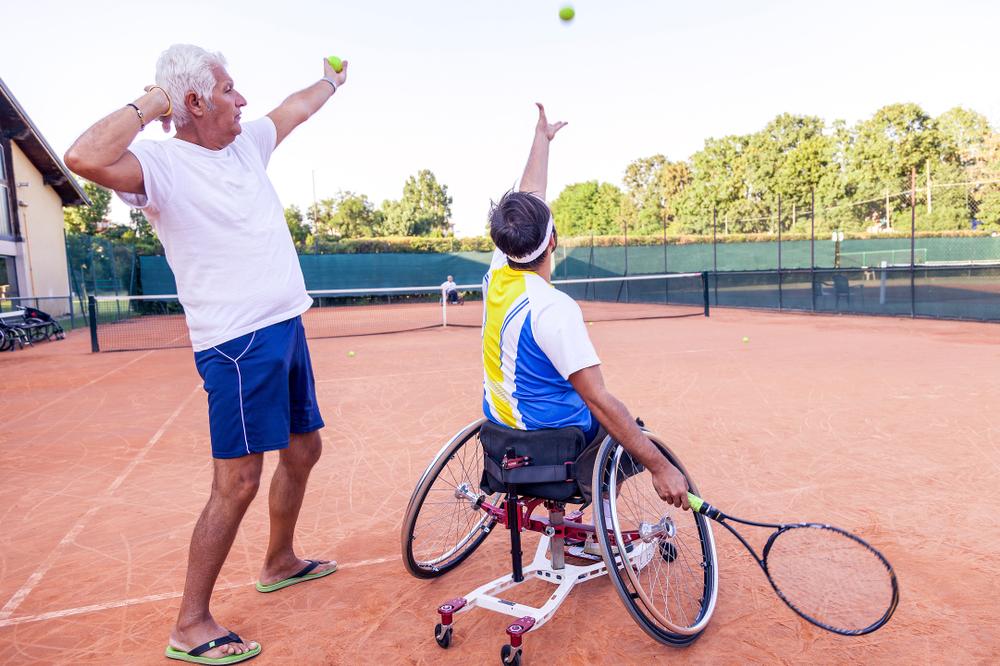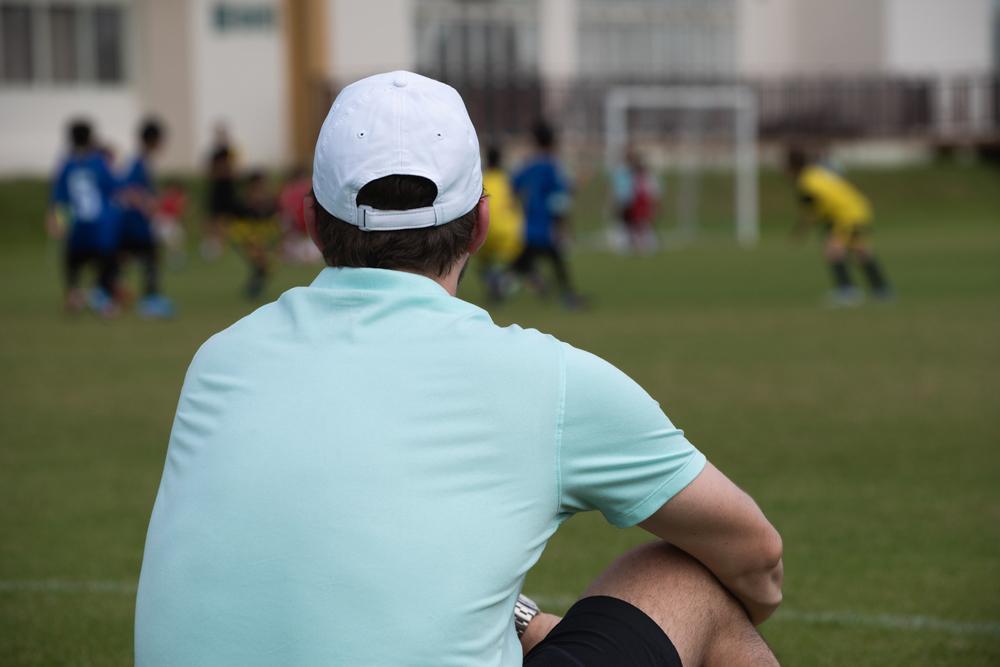For many coaches, it’s easy to end up with a scarcity-based mindset. After all, we’re used to the concept of ‘winning’ and ‘losing’ on the field, fighting for time in the weight room, and battling over buses and uniform budgets. But is this mindset really necessary?
Here, TrueSport Expert Nadia Kyba, MSW, President of Now What Facilitation, shares how to focus on what we do have and harness the power of collaboration.
The Scarcity Mindset Is a Myth
Scarcity is based on a flawed belief that there’s not enough to go around. Often, when we operate with a scarcity mindset, we believe that if another coach/team/athlete has a resource, they’re taking away resources that should be available to us, explains Kyba. But that’s often not the case, and if we’re willing to work with other teams rather than against them, everyone will have more resources.
The recent rise in interest and viewership of women’s sports is a great example: As more and more viewers tune in to watch and cheer on women in basketball, soccer, and other sports, viewership for men’s sports hasn’t suffered at all, says Kyba. Rather, new sports fans have been added to the pool. Men’s teams haven’t lost dollars to women’s teams, and sponsorships are on the rise in general.
 On a smaller scale, you may feel a sense of scarcity when it comes to practice time in the gym, and while that may require some flexibility, it can also come with some upsides that shouldn’t be overlooked. For example, having more athletes using a space tends to mean better funding for repairs and upkeep, and you may even be able to find ways to encourage cross-training between teams that can benefits your players’ overall fitness and enjoyment of sport participation.
On a smaller scale, you may feel a sense of scarcity when it comes to practice time in the gym, and while that may require some flexibility, it can also come with some upsides that shouldn’t be overlooked. For example, having more athletes using a space tends to mean better funding for repairs and upkeep, and you may even be able to find ways to encourage cross-training between teams that can benefits your players’ overall fitness and enjoyment of sport participation.
Ditching the myth of scarcity takes some practice, so here are more easy ways to retrain your focus and prioritize accessibility:
1. Focus on Collaboration
If you’re running into an issue of scarcity, whether it’s gym time, travel funds, or any other community problems, you can start by connecting with the other parties who may be dealing with the same issues,” says Kyba. “Our tendency is to avoid coaches who are dealing with the same issues because we’re worried that if we reach out and there’s a solution, the other coach will ‘steal’ it. In reality, this collaboration can lead to mutually beneficial problem solving.”
2. Grow Your Own Awareness
“As you begin to shift your mindset from one of scarcity to one of abundance, you may begin to notice other issues that your team is facing because you’re now attuned to addressing scarcity,” says Kyba.
For example, you may realize that there are athletes who have had to leave the team due to high costs of travel camps or uniforms. Is there a way to create a scholarship fund to help those athletes?
3. Grow Your Network
“Look at any problem you’re facing and view it as ‘you and your new community versus the problem,’ not ‘you versus the other stakeholders,’” says Kyba. This could look like athletic directors from five schools in the county working together to create a mutually beneficial schedule for travel games by sharing buses. Often, the more people you bring to the table, the more solutions become visible and possible.
In any situation where you feel a sense of lack or scarcity, pause, reflect, and try to flip the thought around. Look at how other stakeholders can help rather than envisioning all the ways they could take things from you. In most cases, the answer is found in abundance, not scarcity.
_______________________
Takeaway
Rather than seeing things like gym time and budgets as a win/lose proposition between yourself and the other stakeholders, try to operate from a place of abundance, choosing collaboration over opposition. Make connections with other stakeholders in your community before problems arise, so that when you are facing issues, you’re able to work together to find a solution.



